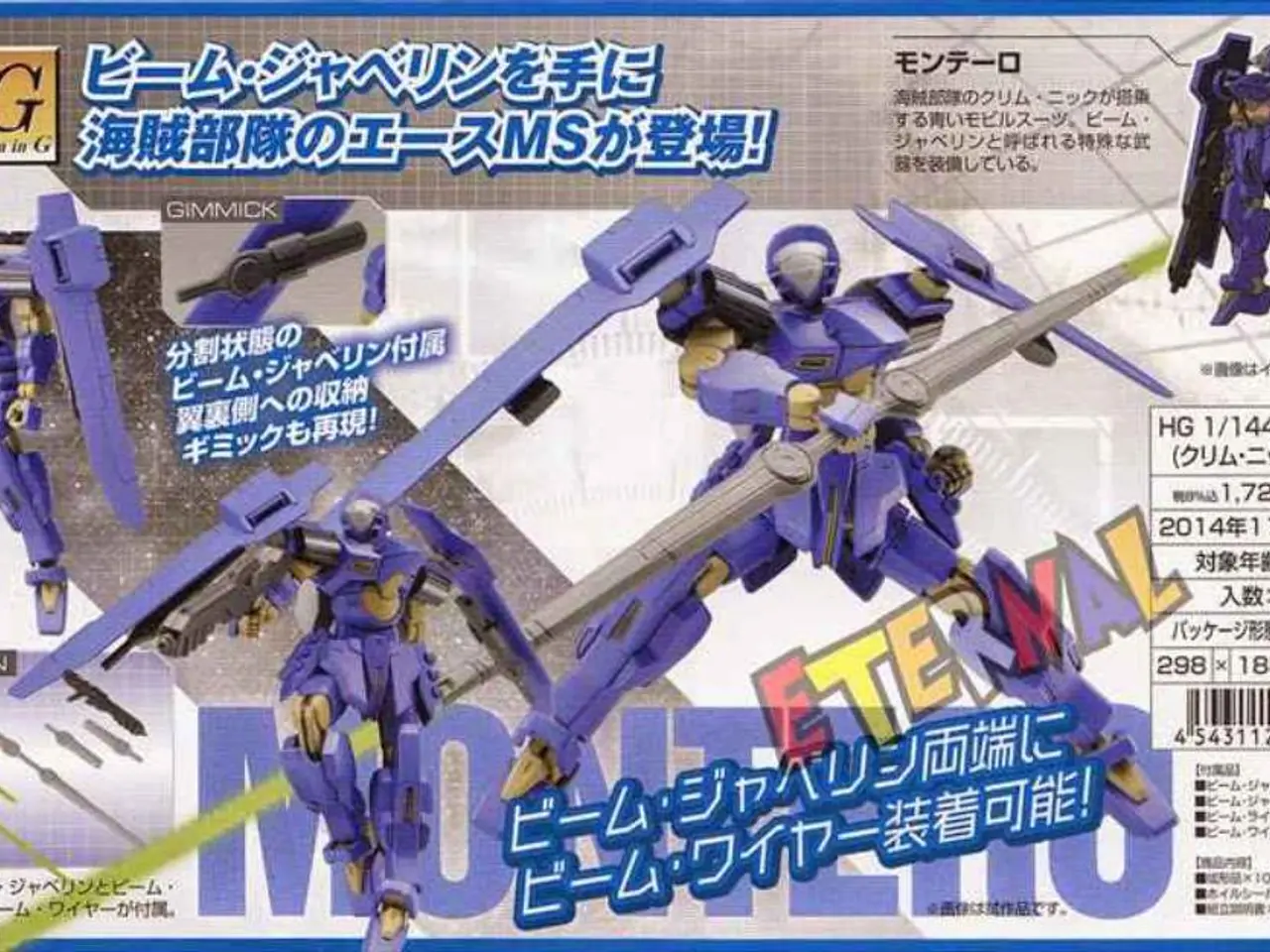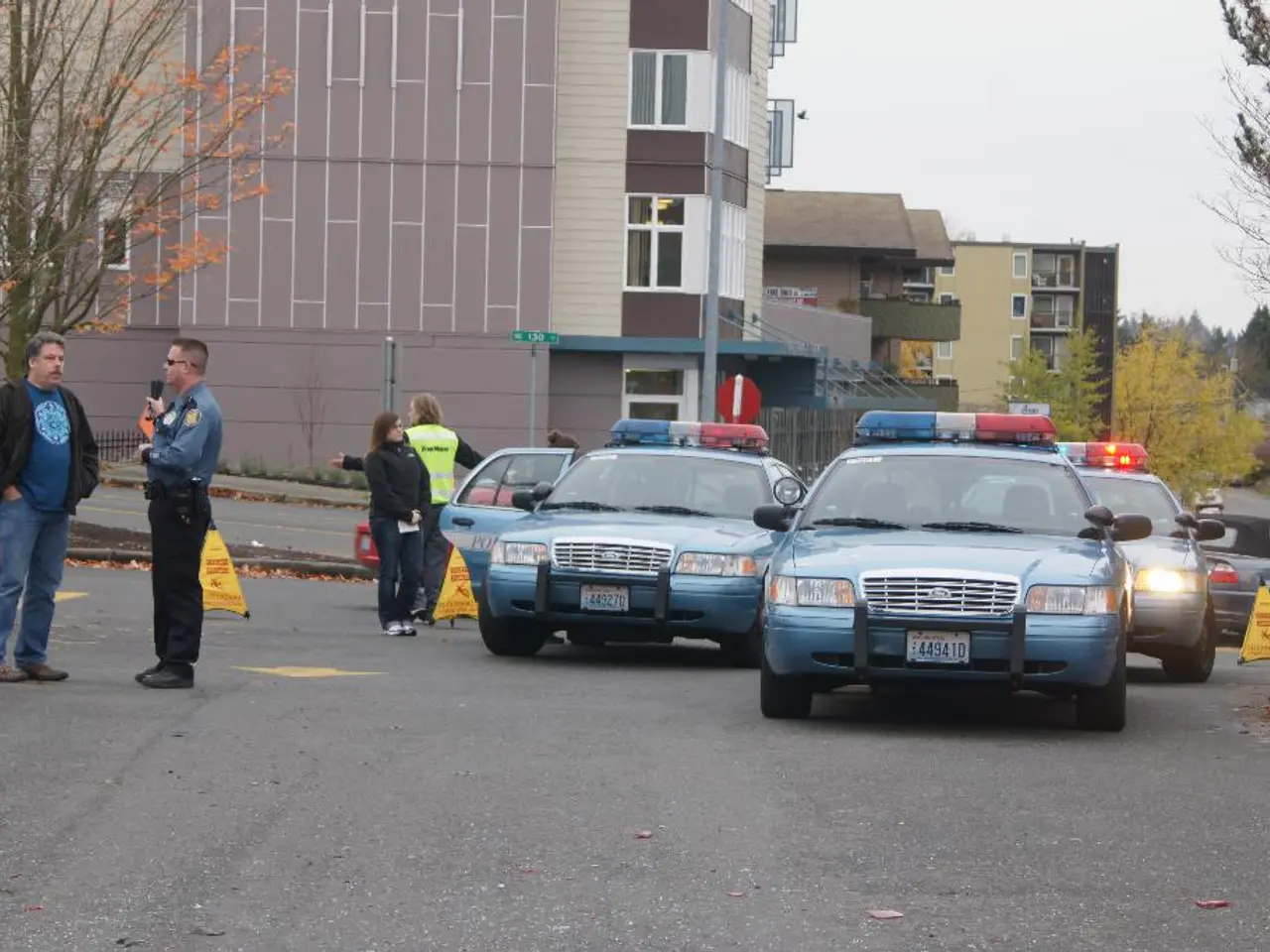Daihatsu's New Leadership: Transformative Discourse Centered on Understanding and Compassion
Daihatsu's New Leadership Aims to Revitalize Company Focusing on Compact and Mini Vehicles
Daihatsu, the Japanese automobile manufacturer, is undergoing a significant transformation under its new leadership, led by Masahiro Inoue. The primary focus is on revitalizing the company by strengthening its core in compact and mini vehicles, outsourcing overseas business operations, and enhancing internal corporate communication.
Emphasis on Compact and Mini Vehicles
Daihatsu continues to emphasize its expertise in small, fuel-efficient, and reliable vehicles such as mini trucks and compact cars. The company is updating and expanding its lineup to meet modern customer needs, as seen with the recent full remodel of the Daihatsu Move mini vehicle. This vehicle incorporates features like sliding doors and improved appeal while keeping compactness and practicality at the core.
The growing international demand for these vehicles, including mini trucks that offer versatility and efficiency for urban logistics, underpins this focus. Daihatsu is also incorporating eco-friendly technologies such as hybrid and electric kei trucks to align with stricter emission regulations in global markets.
Outsourcing Overseas Business
Daihatsu is pursuing a strategy of outsourcing and collaborating overseas to better penetrate international markets, especially in regions like Southeast Asia and emerging economies, where mini vehicles and low-cost commercial trucks have high demand. By leveraging partnerships and outsourced production, Daihatsu can focus on its strengths in design, engineering, and marketing while managing costs and expanding its global footprint.
Improving Internal Communication
While specific internal measures remain less publicized, the renewed leadership under Masahiro Inoue is likely aiming to enhance communication and coordination within Daihatsu across domestic and international divisions to foster agility and innovation. This would support streamlined decision-making necessary to adapt quickly to changing market demands and technological advancements, particularly in compact urban vehicle segments.
Masahiro Inoue, currently heading Toyota's operations in Latin America and the Caribbean, will become the new president of Daihatsu from March 1. The new leadership was put together with the idea of rebuilding Daihatsu from the ground up. The new team's plans for revitalizing Daihatsu will be examined through a Q&A session at a press conference.
The new leadership aims to revitalize Daihatsu with Masahiro Inoue leading as the person responsible for on-site management. Among the issues reported to the Ministry of Land, Infrastructure, Transport and Tourism on February 9 were included in the press conference. Sunao Matsubayashi and Soichiro Okudaira, the current chairman and president of Daihatsu respectively, will resign from their posts.
Daihatsu is aiming to return to its roots as a "mobility company centered on compact vehicles." To achieve this, the company is withdrawing from Commercial Japan Partnership Technologies (CJPT) to prioritize preventing recurrence of issues. The new leadership's mission includes resolving communication issues between Toyota and Daihatsu, and between Daihatsu's management and genba.
Hiromasa Hoshika, the current vice president of Daihatsu, will be joined by Masanori Kuwata, vice president of Toyota Motor Kyushu, as part of the new leadership. Toyota President Koji Sato introduced Masahiro Inoue as the incoming president, highlighting his experience in structural reform and dialogue with frontline members.
At the joint press conference, President Sato and incoming President Inoue emphasized their commitment to preventing recurrence of issues. Keiko Yanagi, Deputy Chief Officer of Toyota's Customer First Promotion Group, has been appointed as a director in the new Daihatsu leadership. Daihatsu will focus its operations on minivehicles, and it will outsource its overseas business for planning, development, and production to Toyota.
In conclusion, the new leadership at Daihatsu is taking a strategic approach to revitalize the company. This approach involves a focus on compact, fuel-efficient vehicles, capitalizing on growing urban and last-mile delivery markets, and strengthening global operations through outsourcing and improved internal collaboration. These efforts are critical for sustainable revival and growth in a competitive automotive environment.
Daihatsu's emphasis on compact and mini vehicles is not limited to their traditional offerings; they are also working on incorporating eco-friendly technologies such as hybrid and electric kei trucks to align with stricter emission regulations in international markets.
In the pursuit of global expansion, Daihatsu is outsourcing overseas business operations to penetrate markets with high demand for mini vehicles and low-cost commercial trucks, particularly in regions like Southeast Asia and emerging economies. This strategy allows the company to leverage partnerships and concentrate on its strengths in design, engineering, and marketing.




